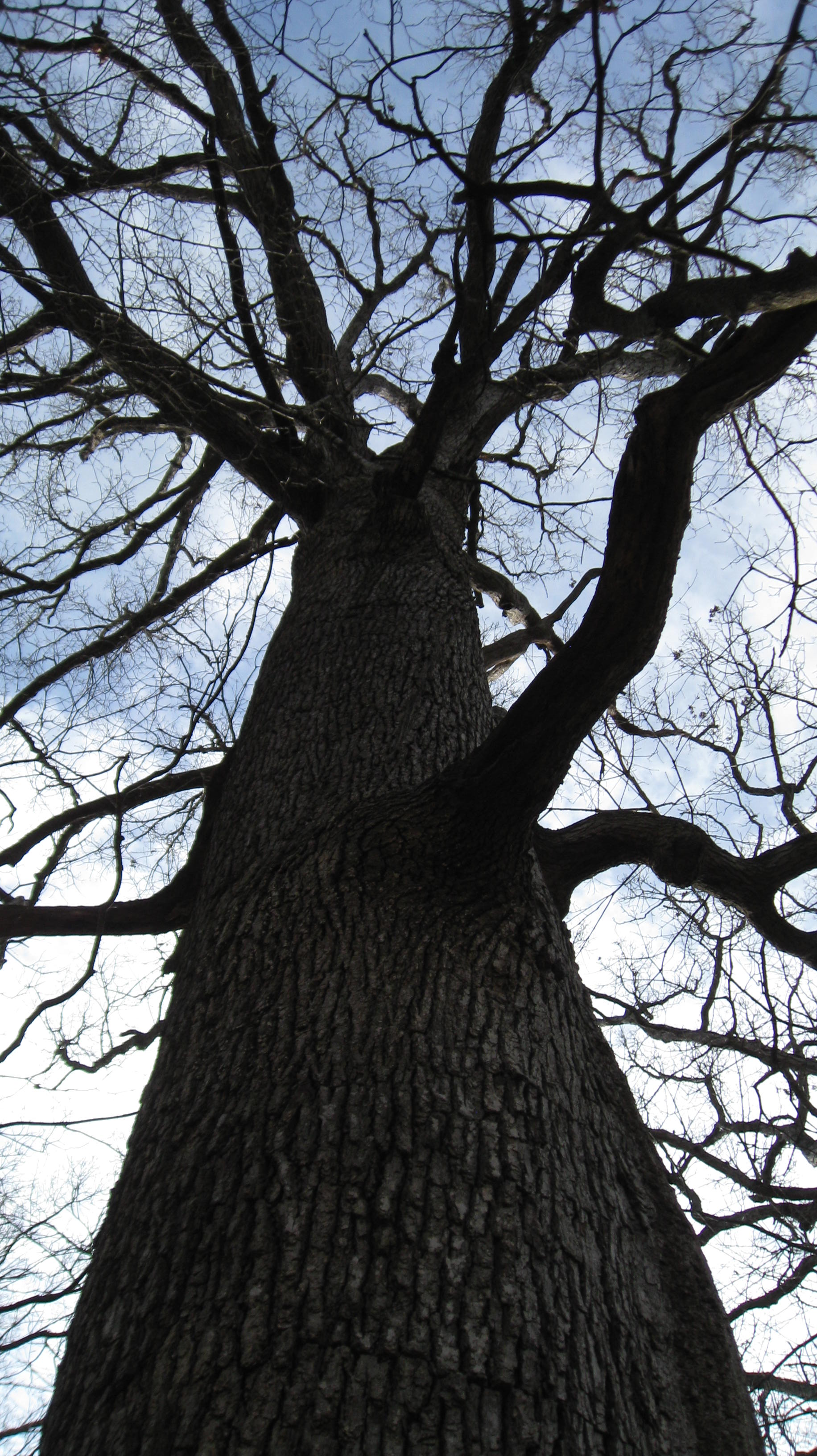While we typically talk about historic preservation in terms of the built environment on this blog, in honor of Arbor Day, I'm going to stray into the forest. Buildings are residences, businesses, industries, and gathering places for people. Trees are the buildings of the natural environment. They are the homes and gathering places for resident and migratory birds, animals, insects, and reptiles. The business of trees is to provide food, cover, and lodging to residents of the woods and those migrating through. Their industry is absorbing carbon dioxide from the air, releasing oxygen into the atmosphere, and filtering and slowing storm water runoff.
 |
| From SaveStadiumWoods.com |
The Virginia Tech campus has a 15-acre section of old-growth forest adjacent to the football stadium that is locally called Stadium Woods. It is unusual in that it is in a highly populated area, used mostly for farmland at one time, and it has never been cut. Trees in the woods are older than Monticello, older than the founding of our country, and pre-date European settlement in the area. Students use the woods to learn about trees, birds, plants, animals, soils, insects, water absorption, and other topics. People also use the woods to decompress and get away from the hustle and bustle of campus and downtown. It is calming to listen and identify the bird calls, search the tree tops for the source of the songs, watch a squirrel follow the superhighway of tree branches high in the air, listen to the wind rustle the leaves, look for an elusive wildflower.
But this natural, educational environment and community may soon be lost in favor of a 120,000 square foot indoor practice facility for the Virginia Tech Football team. Why can't they continue practicing outdoors? If they must have an indoor facility, why can't they walk a bit farther from their outdoor field? Why must they take a section of forest with trees that long pre-date the invention of football for a building that will be obsolete in 50 years? The answer, as in all questionable development, is greed and, here, keeping up with the ACC.
We'd never allow them to tear down 7 acres of the human community of downtown Blacksburg for such a facility. We shouldn't let them cut down 7 acres of the natural community for Stadium Woods either.

